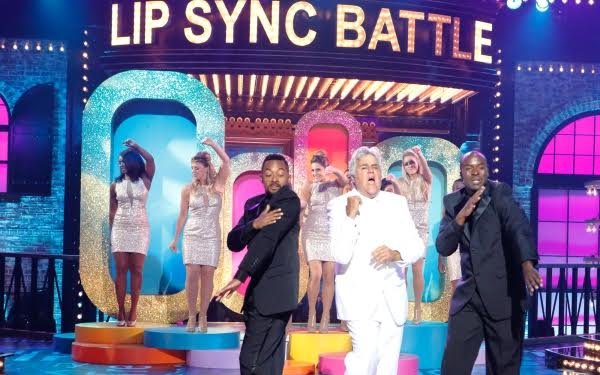
The day of reckoning has come for Viacom and basic
cable.
This conclusion comes on the heels of the news emanating from Viacom’s cable group this week that the company is openly acknowledging that some of its cable networks -- six of
them, to be exact -- are worth more of the company's outlays in effort and investment than all the others that didn't make it into this group.
This is good news for cable subscribers who might
now have fewer channels that they never watch -- but still pay for -- clogging up their viewing pipeline and costing them money.
This is bad news for all the people who work at all the Viacom
networks that didn’t make the “Top Six” since it's reasonable to assume that a retrenchment in investment in these other networks will result in at least some attrition and
downsizing. Isn’t that inevitable?
advertisement
advertisement
The lucky six are Nickelodeon, Nick Jr., MTV, Comedy Central, BET and Spike, the home of “Lip Sync Battle” (picture above) that is getting
a name change to Paramount Network as part of the restructuring.
You would be correct in referring to all of these six networks as “flagships” of a sort for Viacom's cable group
since Viacom CEO Bob Bakish is describing them as such in interviews.
“On a going forward basis, the flagship six are clearly our priority,” Bakish told The Wall Street
Journal in a story published on Friday morning. “They will get increased resources.”
Viacom has a lot more than just six “flagship” networks. All of these six have
offshoots, including MTV 2, MTV Classic and MTVU; Nick 2, Nicktoons and Teen Nick; BET Gospel, BET Jams and BET Soul, and many others.
Also not in the Viacom “Flagship Six”: CMT,
the country-music flavored network aimed at a great swath of middle America; Logo, for the gay community; VH-1, aimed at heaven-knows-who; and TV Land (and Nick at Nite), formerly TV’s go-to
network for vintage TV shows.
TV Land's leadership in the vintage TV space has all been lost now that the broadcast industry has built about a half-dozen diginets filled with more old TV shows
than a vintage-TV fan could ever ask for.
So, if the CEO is saying resources will “increase” for these six, then are we to conclude that no increase in investment (by which he
presumably means money that would be poured into content creation and acquisitions) is to be forthcoming for all of these others?
And if that’s the case, will
these other assets be left to wither on the vine? Or more to the point, if any or all of these ancillary networks were to go away, would any cable subscriber on the planet Earth notice it? Well, they
might notice TV Land, Logo and possibly VH-1.
The shutting off of the investment faucet may have already come to VH-1. On Thursday night, the channel was airing consecutive episodes of
“Flavor of Love,” the Flava Flav reality show from 2006. If these episodes were being brought back by the proverbial “popular demand,” then that was one groundswell of renewed
interest that had eluded the TV Blog's ears.
As another MediaPost columnist, Wayne Friedman, points out elsewhere today, Viacom and other companies with many cable networks in their
portfolios (Discovery and Comcast, to name just two of them) have long considered some to be primary (i.e., more important) and others secondary in terms of investments in capital and
personnel.
But for Viacom to come right out and say that six of them will now be more heavily emphasized in the realm of corporate planning and capital allocation is to indicate that if
all the others never grow again, then that’s OK with the company.
The reason being given for this “flagship six” plan is that it will help in Viacom's negotiations with cable
carriers, for whom accommodating all of Viacom’s networks has become unwieldy and unproductive.
This has become particularly true in this era when subscribers are demanding “skinny
bundles” of networks that will save them money and the trouble of grazing through so many channels they don't care about.
The other reason is that maintaining these big stables of
networks is not sufficiently profitable for a company like Viacom. Their ratings for the most part are minuscule, and about half of their airtime seems to be taken up with commercial breaks that are
interminable. As a result, fewer and fewer people are watching them.
If Viacom is making this move, can similar retrenchments by other companies be far behind?